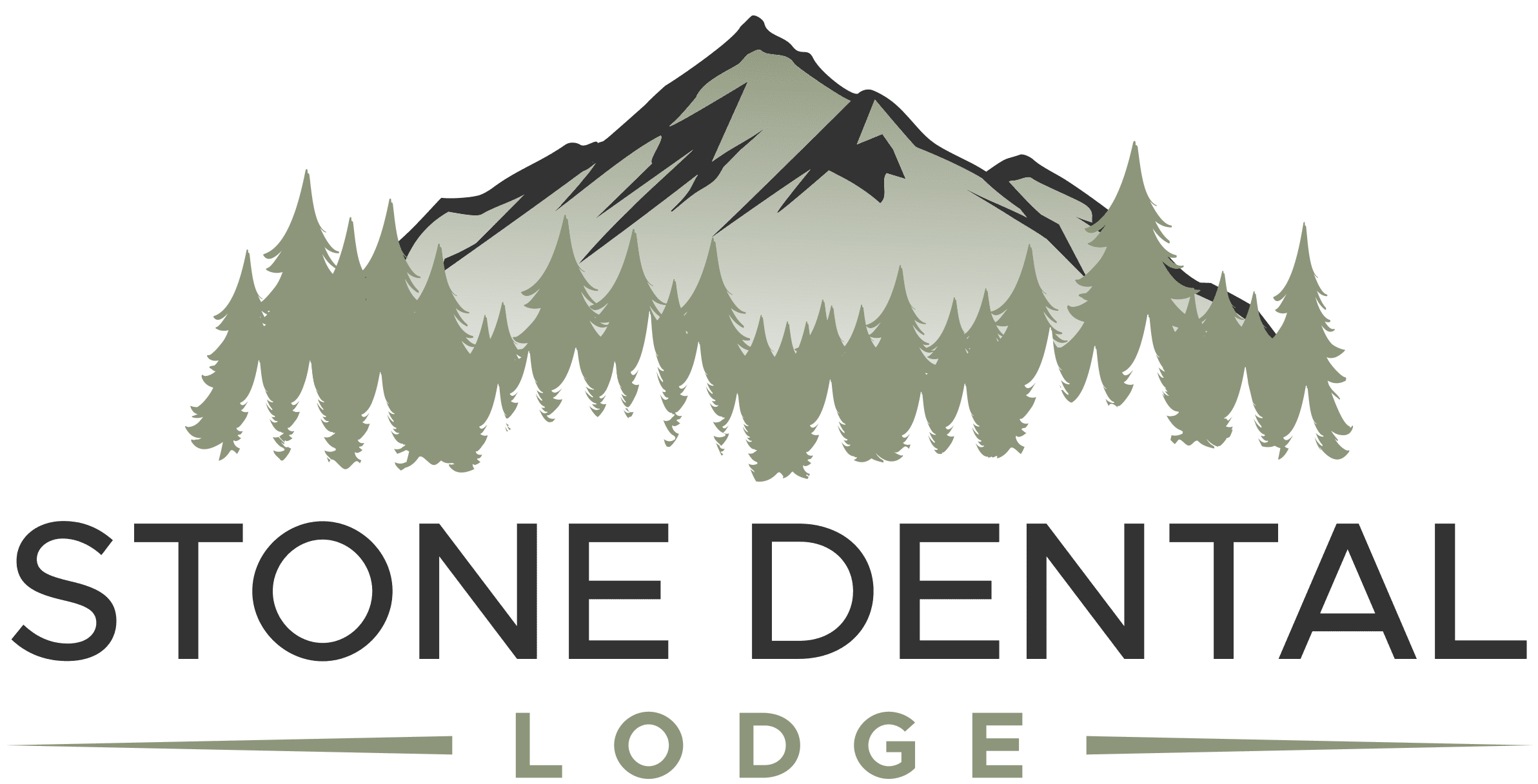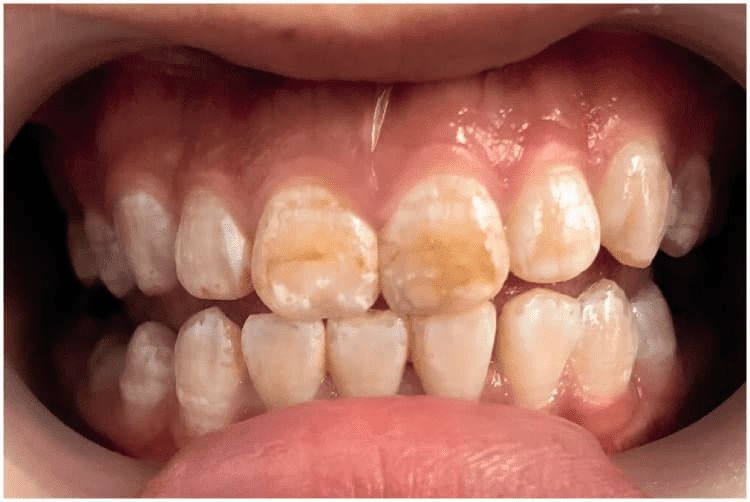Have you ever noticed sudden brown stains on teeth and wondered what might be causing them? These unexpected discolorations can result from various factors, including dietary habits and oral hygiene practices. Understanding the potential causes can help in identifying the underlying issues related to these stains.
Sudden Brown Stains on Teeth
Sudden brown stains on teeth can be a perplexing issue for many individuals, often leading to concerns about oral health and aesthetics. These stains can arise from a variety of causes, each contributing to the discoloration in different ways. One common cause is the consumption of certain foods and beverages that are rich in chromogens, which are compounds that can easily adhere to the enamel of the teeth. Beverages like coffee, tea, and red wine are notorious for leaving behind stubborn stains. Additionally, tobacco use, whether through smoking or chewing, is another significant contributor to the development of brown stains on teeth.
Another potential cause of sudden brown stains on teeth is poor oral hygiene. When plaque and tartar build up on the teeth, they can lead to discoloration over time. This buildup can trap stains from food and drink, making them more difficult to remove. Furthermore, certain medical conditions and medications can also result in changes to the color of your teeth. For more information on related dental discolorations, you might find it helpful to explore Yellow Spots on Teeth: Causes and Fixes.
Foods That Stain Teeth
Sudden brown stains on teeth can often be attributed to the consumption of certain foods and beverages that are notorious for their staining properties. Common culprits include coffee, tea, red wine, and dark-colored sodas, all of which contain chromogens—pigment-producing substances that can cling to tooth enamel. Additionally, foods like berries, soy sauce, and balsamic vinegar are rich in natural or artificial coloring agents that can lead to discoloration over time. These items, when consumed frequently, can contribute to the gradual darkening of your teeth, resulting in those unexpected brown stains.
While it’s challenging to avoid these foods entirely, being aware of their potential impact on dental aesthetics is crucial. The sudden appearance of brown stains on teeth can be alarming, but understanding the role of diet in this process is a step towards maintaining a brighter smile. For those seeking professional solutions to address discoloration, consider exploring options like the Best Teeth Whitening Bozeman to restore your teeth’s natural brightness.
Beverages Impacting Tooth Color
The appearance of sudden brown stains on teeth can often be attributed to the consumption of certain beverages. Drinks such as coffee, tea, red wine, and cola are known culprits that can lead to discoloration over time. These beverages contain chromogens, which are pigmented compounds that can adhere to the enamel of your teeth, causing noticeable staining. Additionally, the acidity in some of these drinks can erode enamel, making teeth more susceptible to staining. Understanding the impact of these common beverages on tooth color can help explain why sudden brown stains on teeth might appear unexpectedly.
Smoking and Teeth Discoloration
Smoking is a well-known culprit when it comes to sudden brown stains on teeth. The nicotine and tar found in tobacco products can lead to significant discoloration, turning teeth from their natural white to unsightly shades of yellow and brown. These substances not only stain the surface of the teeth but can also penetrate deeper into the enamel, making the stains more difficult to remove over time. The constant exposure to smoke and its chemical components accelerates the staining process, often resulting in a noticeable change in the appearance of one’s smile. For those concerned about sudden brown stains on teeth, understanding the impact of smoking is crucial. If you’re looking for more information on maintaining oral health, Stone Dental Lodge, a trusted Bozeman Dentist, can provide valuable insights.
Dental Hygiene and Stain Formation
Understanding the relationship between dental hygiene and stain formation is crucial in addressing sudden brown stains on teeth. Dental hygiene encompasses the practices that help maintain oral health, including regular brushing and flossing. However, even with diligent care, stains can still form due to various factors. These stains often result from the accumulation of plaque, which can harden into tartar if not removed effectively. Tartar provides a surface that can easily absorb pigments from foods and beverages, leading to discoloration. Additionally, certain lifestyle habits and dietary choices can contribute to the development of these stains, highlighting the complex interplay between daily oral care routines and external factors in the formation of brown stains on teeth.
Medications Affecting Tooth Color
Sudden brown stains on teeth can sometimes be attributed to certain medications that have a known side effect of altering tooth color. Antibiotics like tetracycline and doxycycline, when taken during the developmental stages of teeth, can lead to discoloration. Additionally, some antihistamines, antipsychotic drugs, and high blood pressure medications have been associated with changes in tooth color, potentially resulting in brown stains. These medications can interact with the enamel or dentin, leading to noticeable changes in appearance. Understanding the potential impact of these medications on dental health is crucial for those experiencing sudden brown stains on teeth.
Aging and Tooth Discoloration
As we age, our teeth naturally undergo changes that can lead to discoloration, including sudden brown stains on teeth. Over time, the enamel, which is the outer protective layer of the teeth, can wear down, revealing the yellowish dentin beneath. This process can make teeth more susceptible to staining from various sources such as food, beverages, and lifestyle habits. Additionally, the cumulative effects of years of exposure to these staining agents can result in noticeable changes in tooth color. While aging is a natural process, understanding its impact on dental health can help in recognizing why sudden brown stains on teeth may appear more frequently as one gets older.
Fluoride’s Role in Tooth Staining
Fluoride is often lauded for its benefits in strengthening tooth enamel and preventing cavities, but its role in causing sudden brown stains on teeth is less commonly discussed. While fluoride is essential for dental health, excessive exposure, particularly during the developmental stages of teeth, can lead to a condition known as dental fluorosis. This condition manifests as discoloration, ranging from mild white spots to more severe brown stains on the teeth. The severity of these stains depends on the amount and duration of fluoride exposure. Understanding the balance of fluoride intake is crucial, as both deficiency and excess can impact dental aesthetics and health.
Genetics and Tooth Color Changes
The appearance of sudden brown stains on teeth can sometimes be attributed to genetic factors that influence tooth color changes. Genetics play a crucial role in determining the natural shade of your teeth, as well as their susceptibility to discoloration over time. Some individuals may inherit enamel that is more porous or thinner, making it easier for stains to develop and become visible. Additionally, genetic predispositions can affect how teeth respond to various environmental factors, potentially leading to unexpected changes in tooth color, including the emergence of brown stains. Understanding the genetic component can provide insight into why some people experience these sudden changes in tooth appearance.
Conclusion
Understanding the causes of sudden brown stains on teeth is crucial for maintaining oral health. If you’re concerned about sudden brown stains on teeth, call 615-542-5123 or read reviews on Google Maps.

